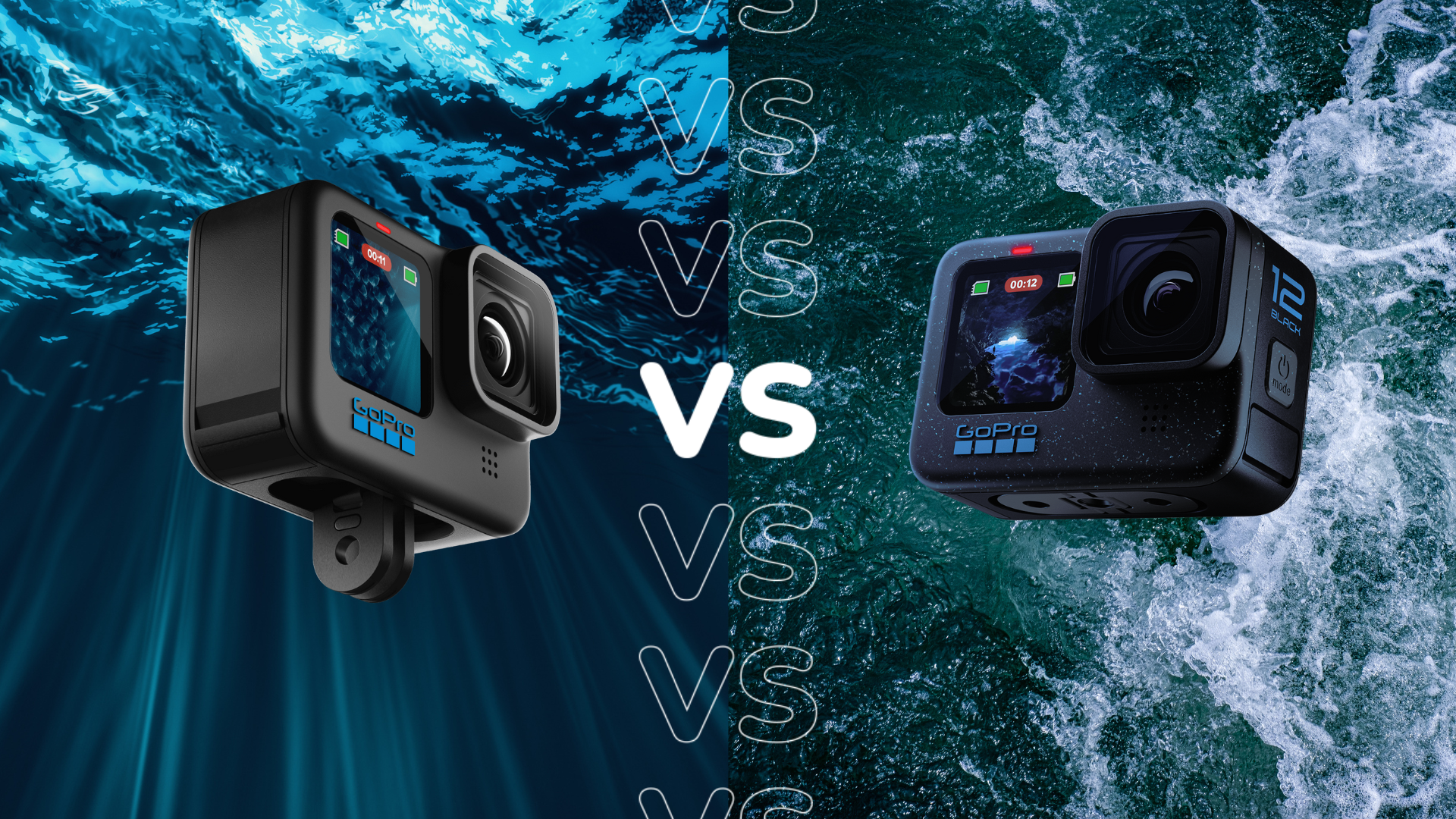Snapdragon X Elite vs Apple M1: Which chip is best?

Snapdragon has finally launched its attempt to take a chunk out of the laptop market. Qualcomm is making big claims about what the Snapdragon X Elite can do, but how does it compare with the trailblazing Apple M1 chip?
The Snapdragon Summit has begun out in Hawaii and our Mobile Editor Lewis Painter is there to get the full lowdown on Qualcomm’s latest chip launches. The most exciting might just be the company’s renewed computing chip efforts, in the form of the Snapdragon X Elite.
Qualcomm is showcasing an impressive spec sheet when it comes to the new Snapdragon X Elite but can it take on the Apple M1, a chip that changed the laptop game. Let’s compare.
Snapdragon X Elite should offer more performance
We won’t be able to directly compare the performance of these two chips until we’ve tested our fully-fledged device that sports the Snapdragon X Elite, but all signs point to it topping the Apple M1.

Apple Music
Apple Music gives you access to over 100 million songs and 30,000 playlists, ad-free. Listen online or off, across all your devices, and hear sound all around in Spatial Audio with dynamic head tracking. You can now try 1 month for free!
- Apple
- Get 1 month free
- £10.99 p/m
Qualcomm is making a lot of lofty claims across various graphs but the specs of the compared devices aren’t made clear so we had to take them with a huge pinch of salt. Nevertheless, the Snapdragon X Elite is touted as having “50% faster peak multi-threaded performance vs M2” meaning it should comfortably top the older Apple M1 in this area. Qualcomm then makes claims in the GPU department, comparing with some of Intel and AMD’s top mobile chips and showing that the X Elite beats them both while consuming less power. Again, take these with a pinch of salt.

However, the raw specifications of the Snapdragon X Elite go some way to convincing us that it could top the Apple M1. First off, it sports a 12-core CPU that can reach up to a 3.8GHz processing speed and that’s compared with the M1, which has an 8-core CPU and up to 3.2GHz. The overriding architecture is on the side of Qualcomm too, with its chip using a 4nm process compared with Apple’s 5nm process, typically leading to more performance and efficiency.
Further, the Snapdragon X Elite has the Apple M1 beat in the memory department. The Snapdragon can be equipped with up to 64GB LPDDR5x memory compared with the M1’s 16GB LPDDR4x maximum. The difference should enable significantly more demanding multi-tasking with the Snapdragon chip, as well as programs that demand larger memory.
Apple has solved the Arm compatibility problem
Both the M1 and Snapdragon X Elite are Arm chips but, if the latter is going to succeed, it’ll need to run without a hitch on Windows devices. This has been a sticking point of Windows on Arm for several years now.
However, Apple largely fixed the compatibility problem with the M1 and it is something Mac users need rarely think about in 2023. A big part of that was Rosetta, a compatibility layer within MacOS. As Qualcomm is only the chipmaker and not in control of the whole ecosystem, like Apple, so will have to nudge Microsoft in the right direction operating system-wise.
Wi-Fi 7 vs Thunderbolt 4
Given M1 is a few years old now, you’d expect the Snapdragon X Elite to lead the way in terms of connectivity, and that it does. The new Snapdragon X Elite is sporting Wi-Fi 7 compatibility, which should ensure super-fast connectivity to your home network if you have a Wi-Fi 7 router. The M1 tops out at Wi-Fi 6.
However, it isn’t a complete win for the Snapdragon X Elite, with Qualcomm not touting that it will support the Thunderbolt 4 standard. Instead, it will use standard USB 4. USB 4 largely uses the same underlying technology as Thunderbolt 4 but devices wielding the latter standard are bound to higher requirements than the former, like a minimum amount of power one of the ports can offer.






